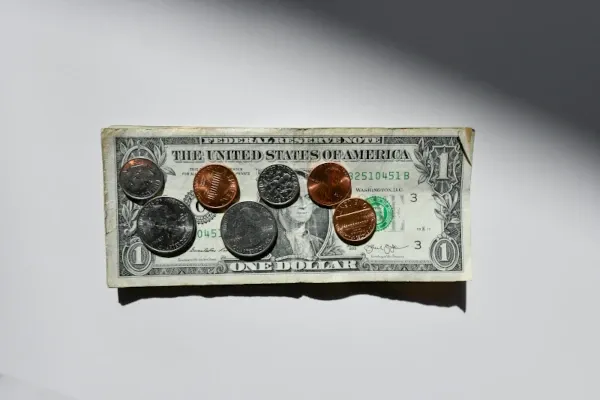2025 Trump Tariffs on Pharmaceutical Imports
Trump announces soon-to-be tariffs on pharmaceutical imports, we dig into how much Novo Nordisk and Eli Lilly could be affected.

It's been quite the opening to 2025, and while there have been tremendous gains in research on GLP1 Receptor Agonists and widespread acceptance of how useful GLP1s are in fighting obesity, there have been large steps backwards in accessibility:
- Compounding is soon to be completely unavailable as a legal source of GLP1s like Semaglutide (Ozempic, Wegovy, Rybelsus) and Tirzepatide (Mounjaro, Zepbound)
- Providers like Hims that went all-in on compounded and other forms of Semaglutide have seen tremendous losses as they have had to pivot
- The ongoing trade war and Trump tariffs are due to impact one of the largest makers of GLP1s – Novo Nordisk.
Our focus today is that last point – the ongoing trade war – up until today there hasn't been clarity on what tariffs might be placed on companies in the GLP1 space.
Want to read the rest of the updates on the trade war threats to Pharma?The rest of this article is no longer available for free – if you'd like to read the rest of our analysis, check us out on Substack:




